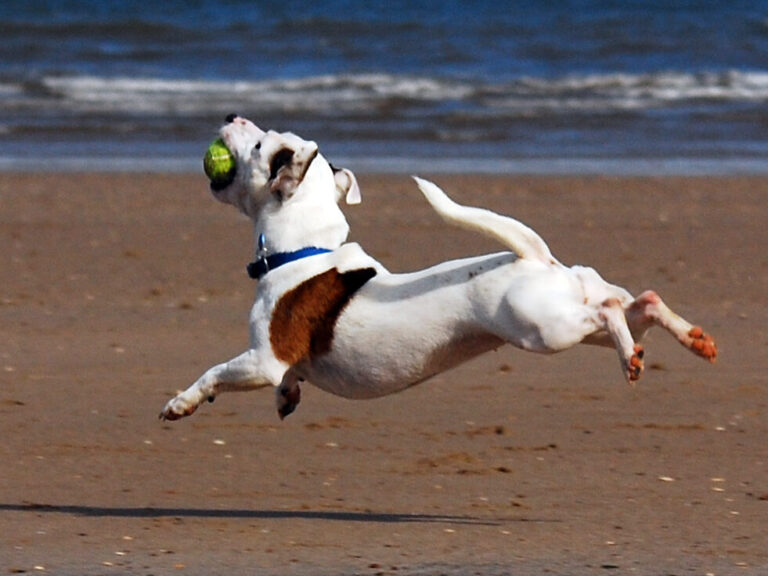15 Behaviours That Show Your Dog Is An Alpha
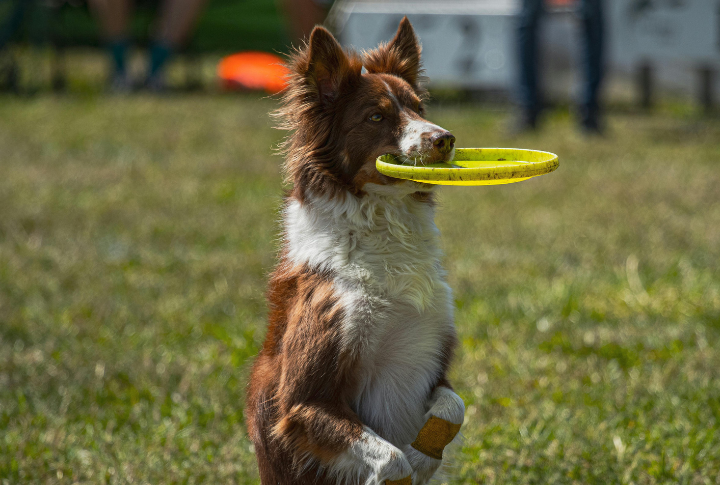
Dogs exhibit unique social dynamics, and understanding who takes the lead can strengthen your bond with them. Recognizing signs of alpha behavior offers valuable insights into their personality and reinforces your role. Here are key indicators that your dog might be the alpha in your household.
Affection Is Given Selectively
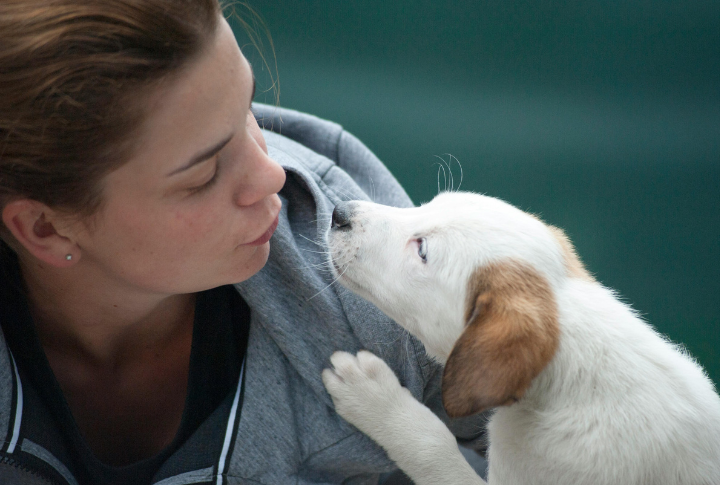
Selective affection is a common trait among alpha dogs. Engaging on their own terms reflects an understanding of their position in the pack. The choice not only reinforces their leadership but also ensures that interactions remain meaningful and purposeful.
Leading the Way on Walks
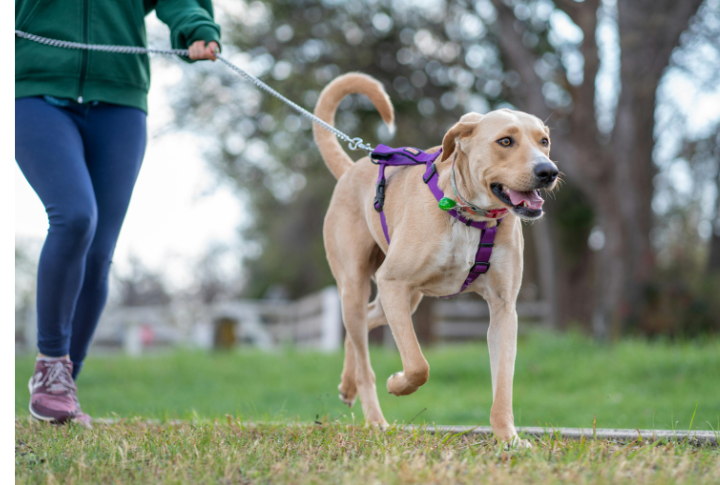
During walks, alpha dogs often take charge, showing confidence in choosing the path. Their tendency to lead highlights an instinct to assert authority. Others in the pack recognize this behavior, which allows them to go through various environments effectively.
Establishing Boundaries
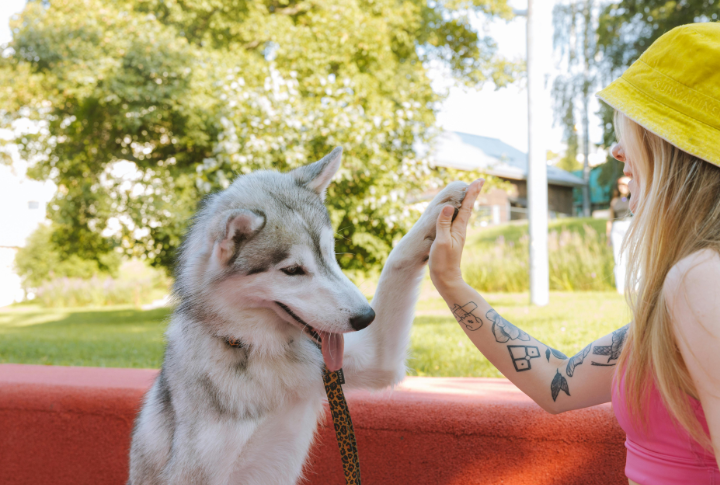
Boundary setting characterizes the behavior of alpha dogs. Through their assertiveness, they preserve order in the pack. Such actions foster respect and ensure harmony. This demonstrates that they are not only leaders but also guardians of their social group.
Dominating Playtime
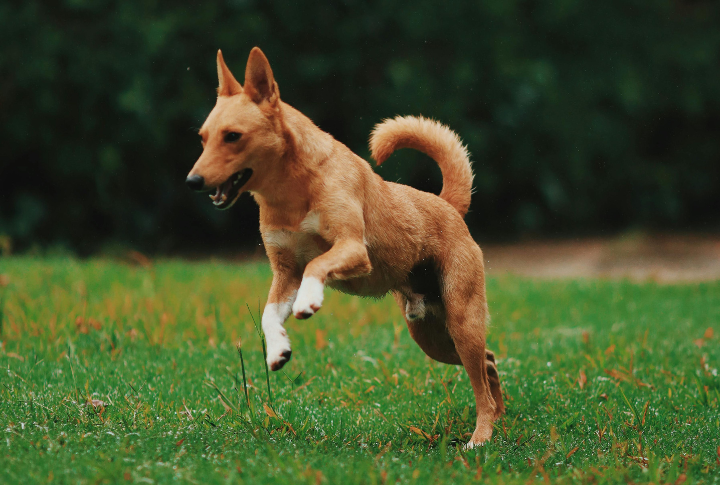
During play, alpha dogs typically display dominance by controlling the pace and direction. This behavior establishes their confidence while reinforcing social hierarchy among other dogs. The play often revolves around their initiatives.
Protective Instincts

Vigilance and protectiveness define alpha dogs. They instinctively stand guard over their territory for the safety of the entire pack. Such protective instincts reflect their role as guardians, further solidifying their status as primary protectors of the group.
Maintaining Eye Contact
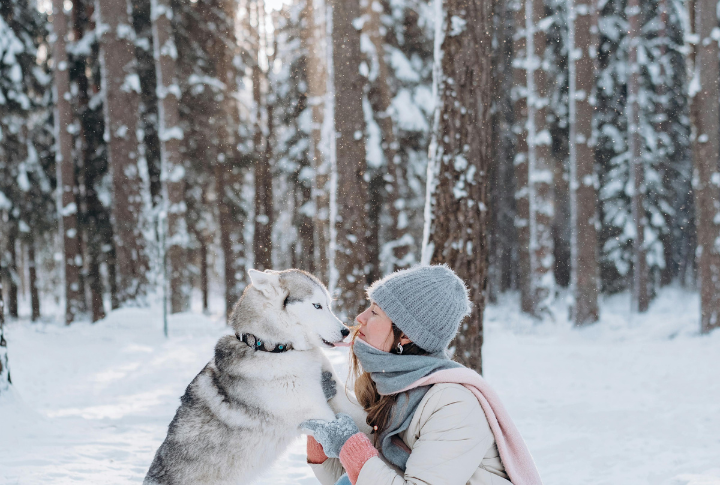
Eye contact is often maintained by alpha dogs during interactions. The tendency to this communicates confidence and establishes authority within the group. Dogs hold their gaze to assert their leadership and create strong connections with pack members.
Managing Social Interactions
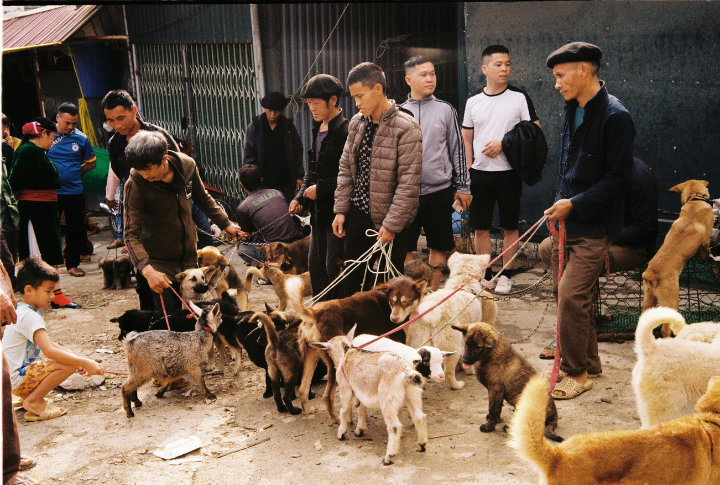
Alpha dogs carefully orchestrate social interactions within the pack. They choose their companions and often prioritize specific members. Such management reinforces their status and ensures a balanced pack environment.
Resource Guarding
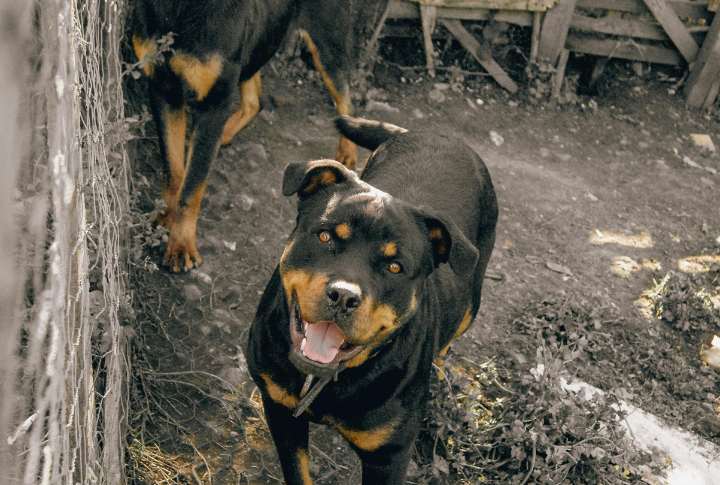
This behavior is typical for an alpha dog, as they protect food, toys, and resting areas. Resource guarding helps maintain order and establishes the dog as the primary authority figure to ensure the pack’s stability.
Confidence in New Situations
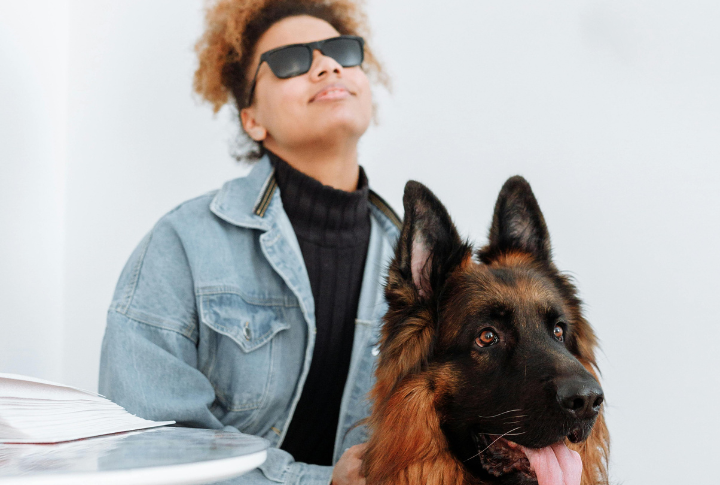
The ability to evaluate environments with confidence is a hallmark of alpha dogs. It encourages trust from pack members and contributes to a feeling of safety when encountering new experiences. By displaying assurance, they help their companions remain calm.
Decisive Leadership
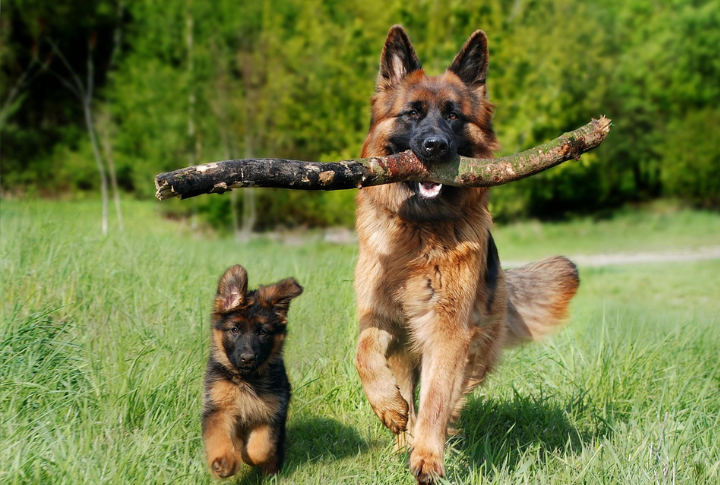
Alpha dogs naturally assume the role of decision-makers within their pack. When faced with challenges, they step up, which shows decisiveness that inspires trust among their companions. This ability strengthens their leadership and brings unity and confidence.
Initiating Play
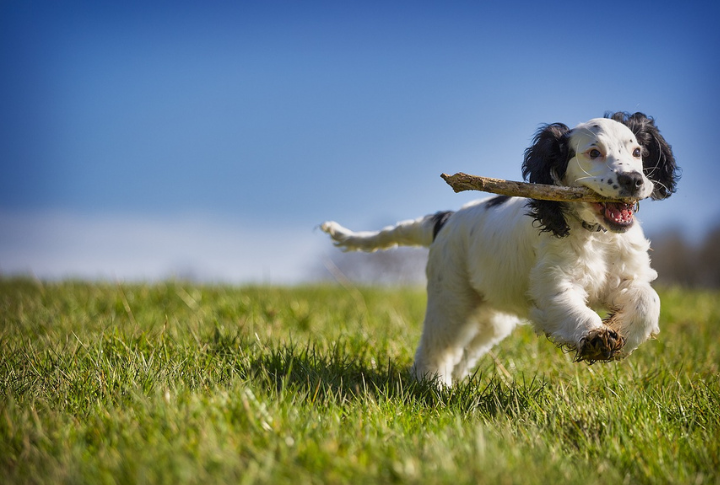
Regularly initiating play with other dogs reflects alpha behavior. Setting the stage for interactions allows them to assert their role while encouraging social bonding. Because of this approach, they foster relationships and strengthen their leadership position.
Attention to Pack Dynamics
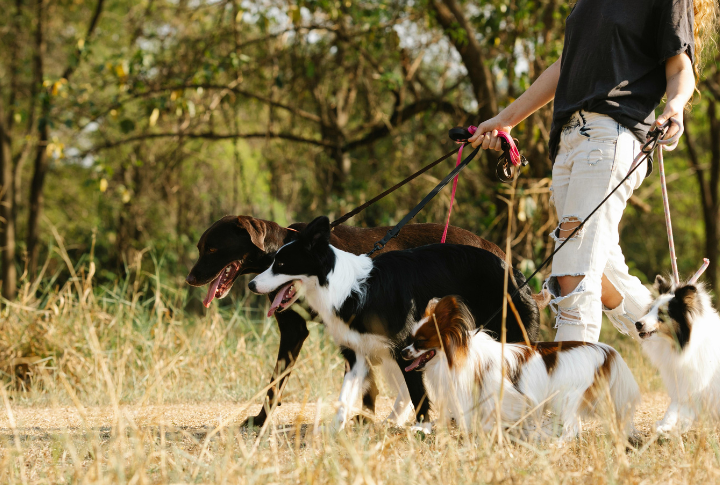
Strong awareness of pack behaviour distinguishes an alpha dog’s role within the group. Their responsiveness to changes in behaviour helps maintain harmony within the group. This kind of awareness not only reinforces their authority but also supports the overall well-being of the pack.
Assertive Body Language
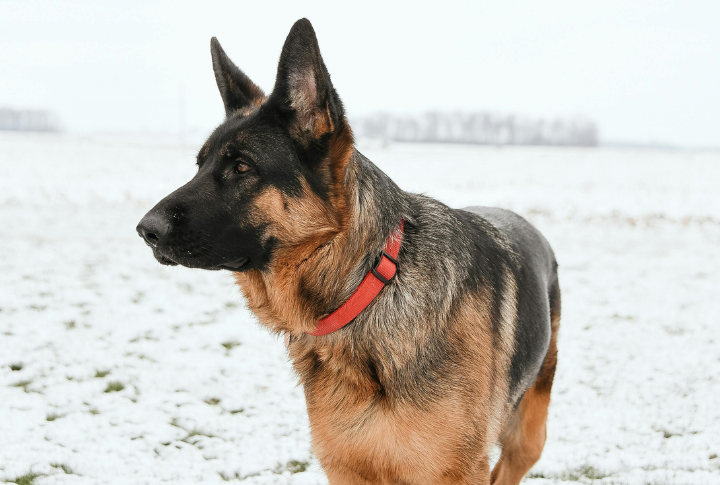
Alpha dogs regularly display dominant body language. Standing tall and maintaining a confident posture signal dominance. These non-verbal cues effectively communicate authority, which helps establish respect among pack members.



